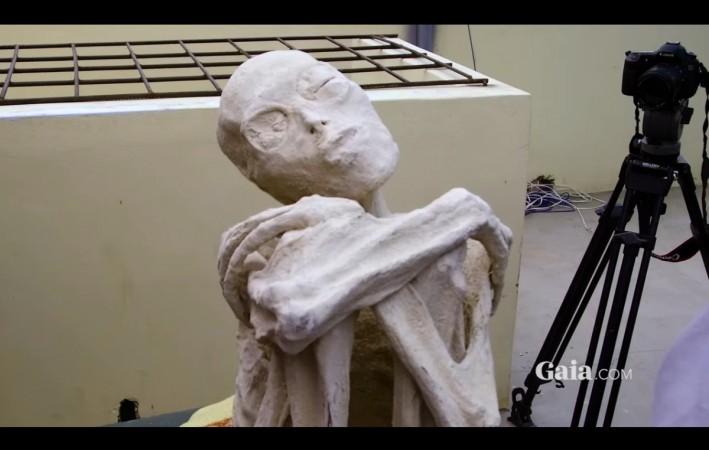
Archaeologists working on a site in Nyárlőrinc, a small village in southern Hungary, stumbled upon a rather intriguing corpse. They have unearthed the remains of an infant with bones so small, it looked like that of a rat. Strangely though, the remains also had one hand unnaturally well-preserved and mummified.
Research into this mystery has led scientists to discover a whole never-before-seen form of accidental mummification.
Of the 500 graves that were excavated, all dated between 12 and 16 centuries, there were no purposefully preserved mummies in the region except for the one lonesome hand, reports Popular Mechanics. Furthermore, the bones and preserved flesh was green.
Archaeologists have uncovered green bones in ancient remains before. It is a result of chemical reactions between human bones and copper and bronze jewellery that causes the colouration. While that explains the colour of the remains, researchers were left puzzled regarding the hand that remained buried intact after all these years.
"It's not so obvious, and it's so unlikely that you're questioning yourself," Dr. Balázs, author of the study, said. Upon further study, researchers found that the lone preserved hand had the highest levels of copper ever recorded in a mummy. It was hundreds of times higher than the average level.
There were several other objects found in the same excavation, including a small ceramic pot and a heavily corroded copper coin. The way in which the hand is preserved indicates that someone might have placed the copper in the infant's hand before burial.
The copper was able to keep the hand from decaying while also giving the tiny bones a green tinge.
Placing coins on or near a person before burial is common in many cultures across the world, notes the report. It is often seen as a way to make sure the soul of the dead is ferried into the afterlife and a coin is seen as payment.
"They kind of succeeded at saving not necessarily the soul, but some kind of legacy of this little kid," said Dr. Zsolt Bereczki, "here we are still talking about the baby and the circumstances of its burial 150 years later."
This find is probably the first recorded instance of "copper-driven mummification," notes the report.
The study was first published in the journal, Archaeological and Anthropological Sciences.








